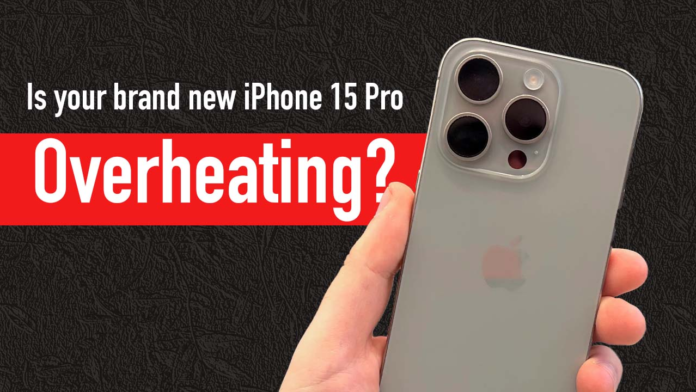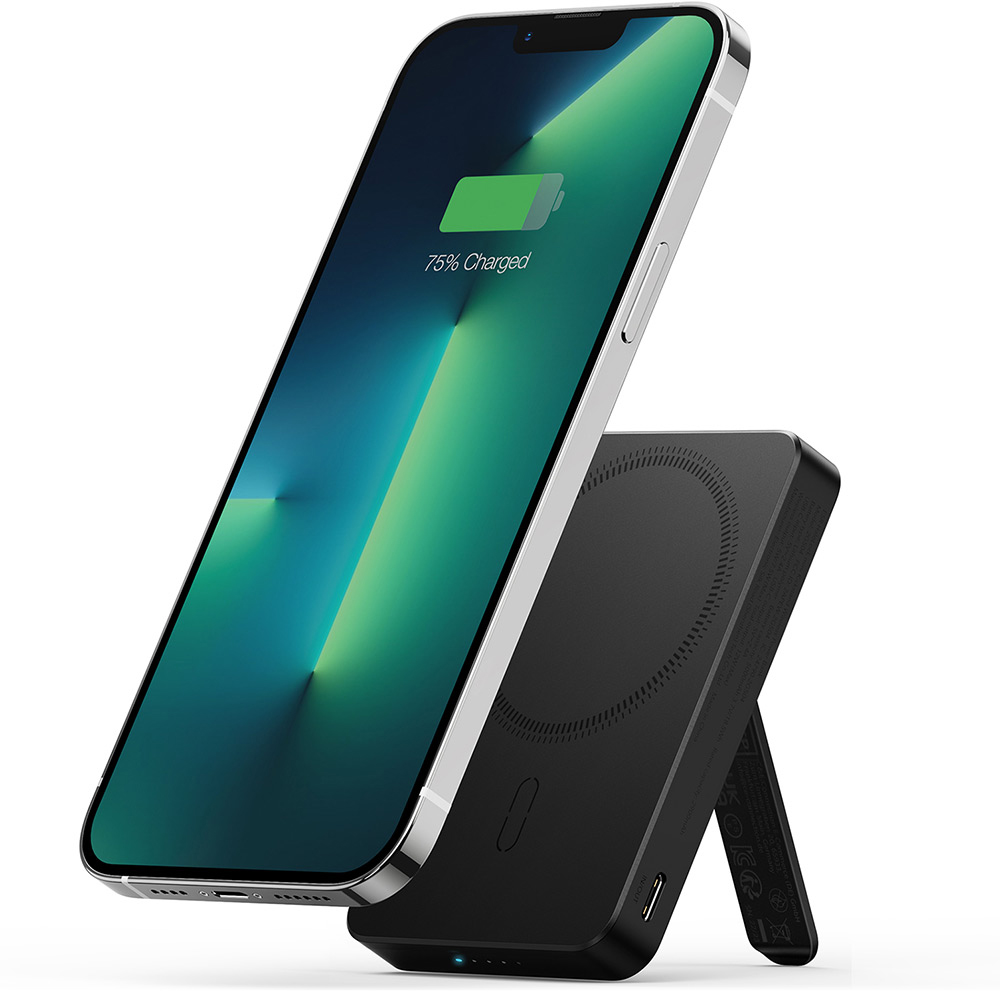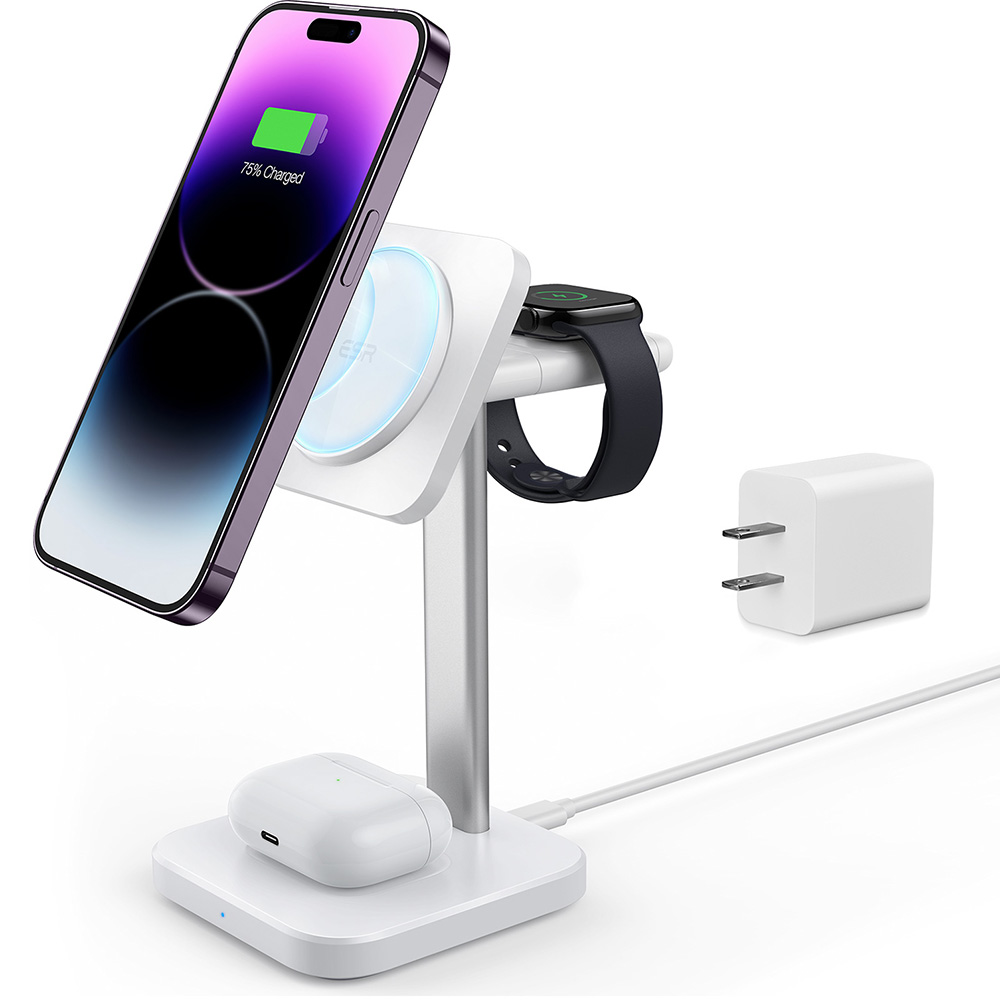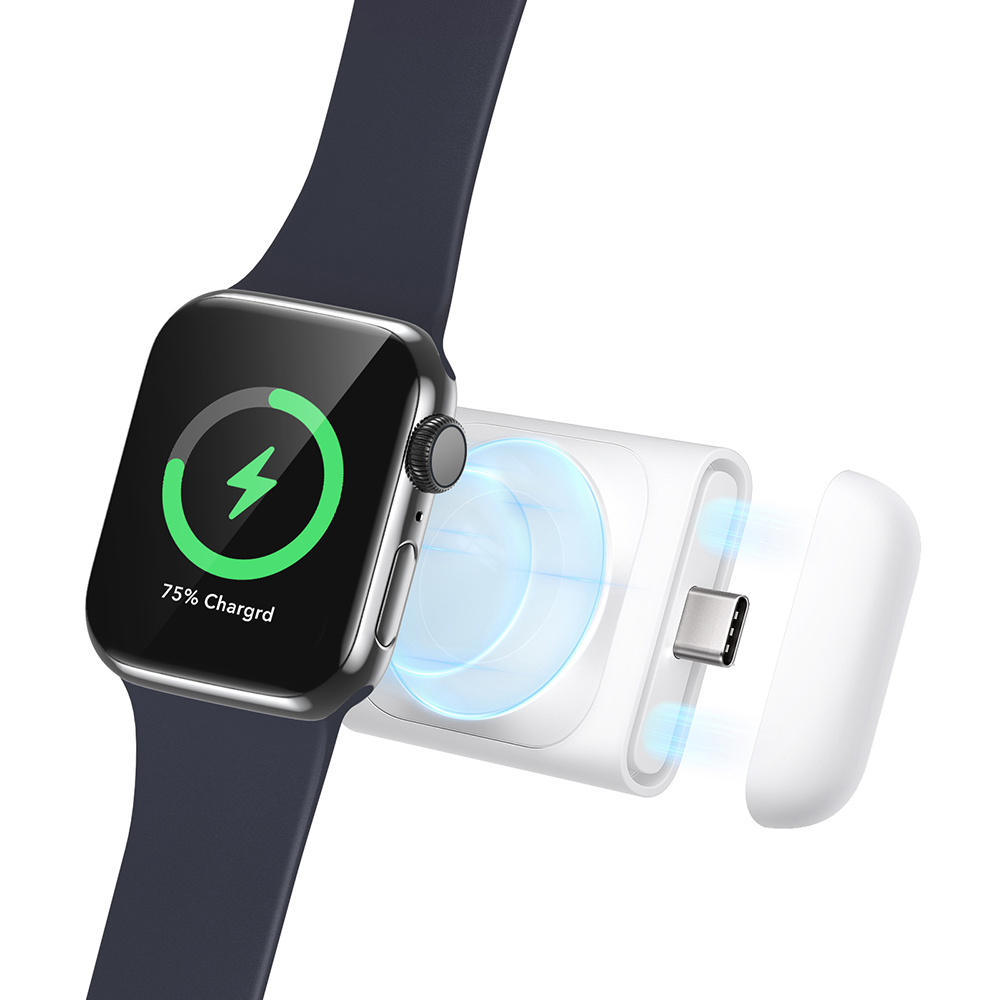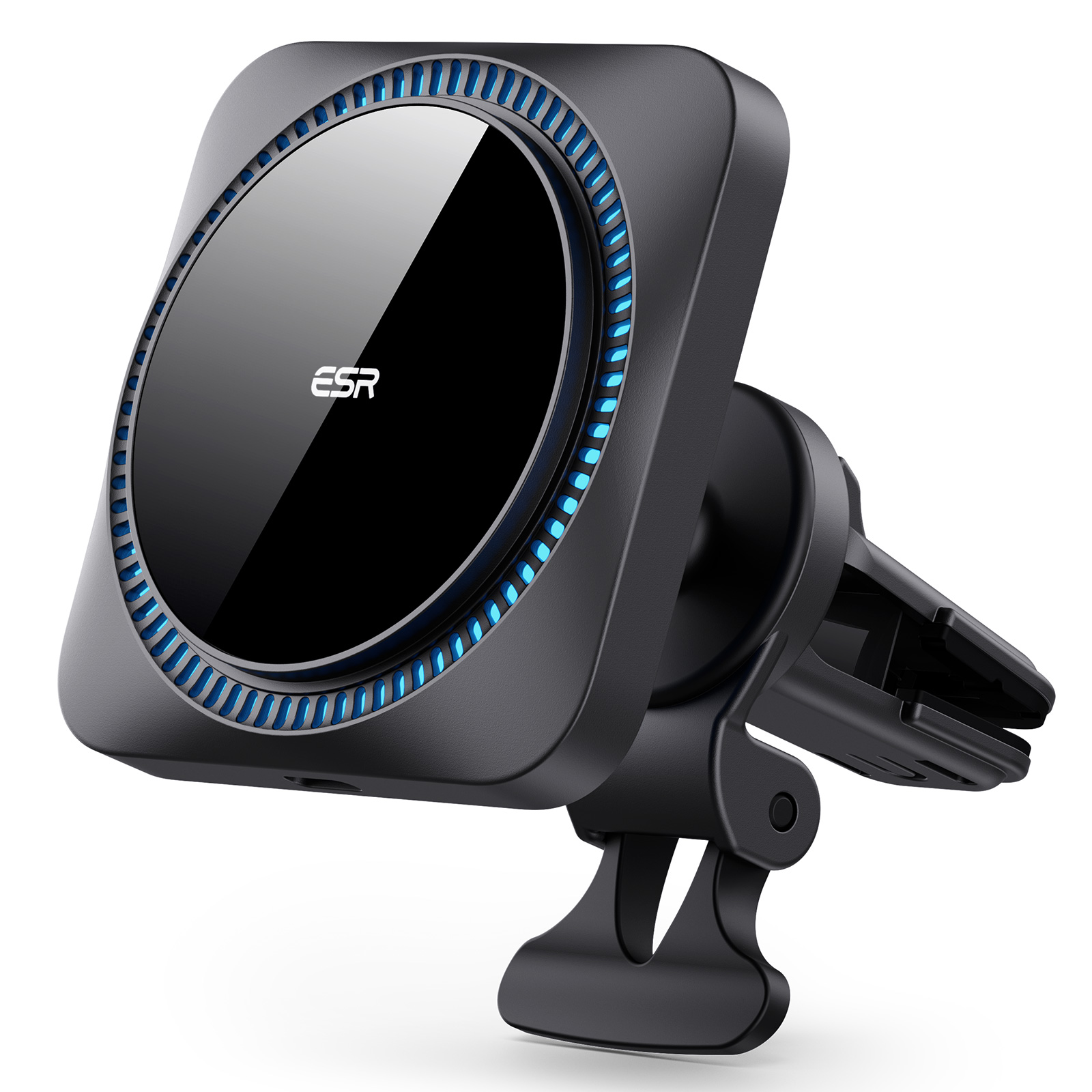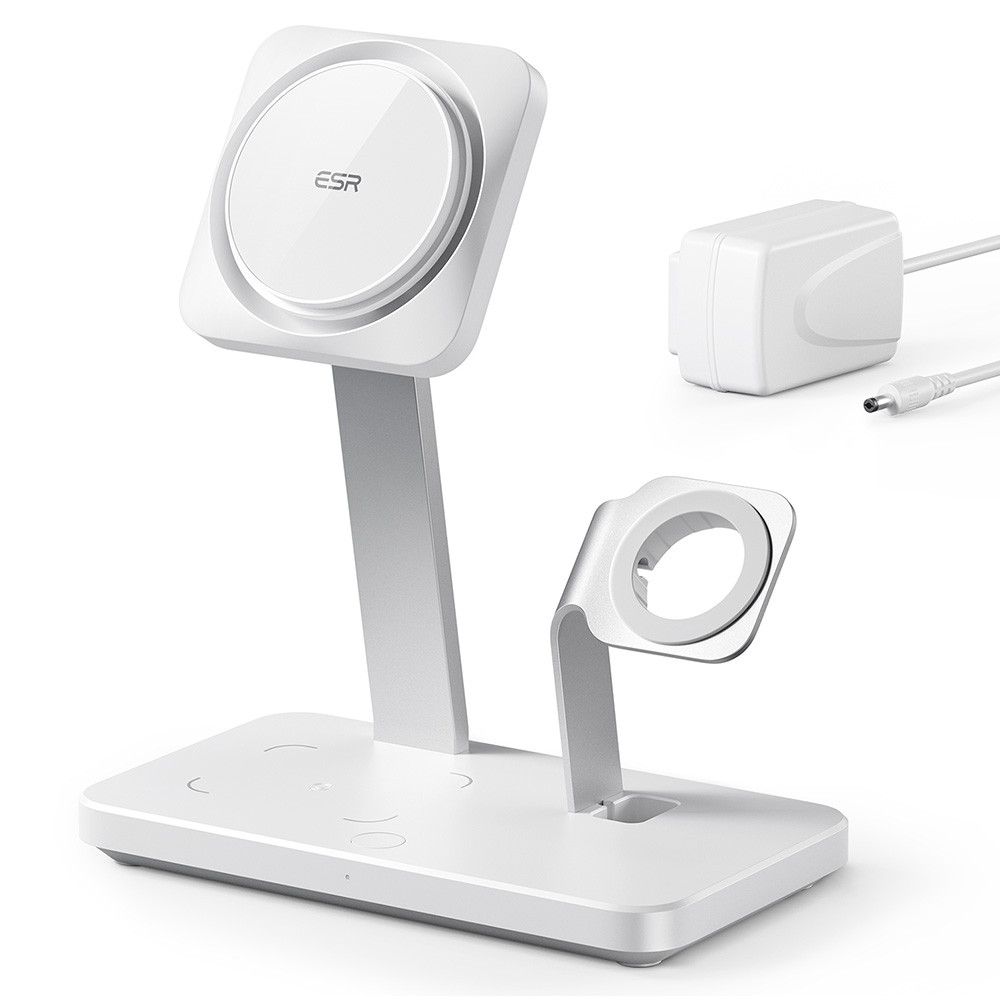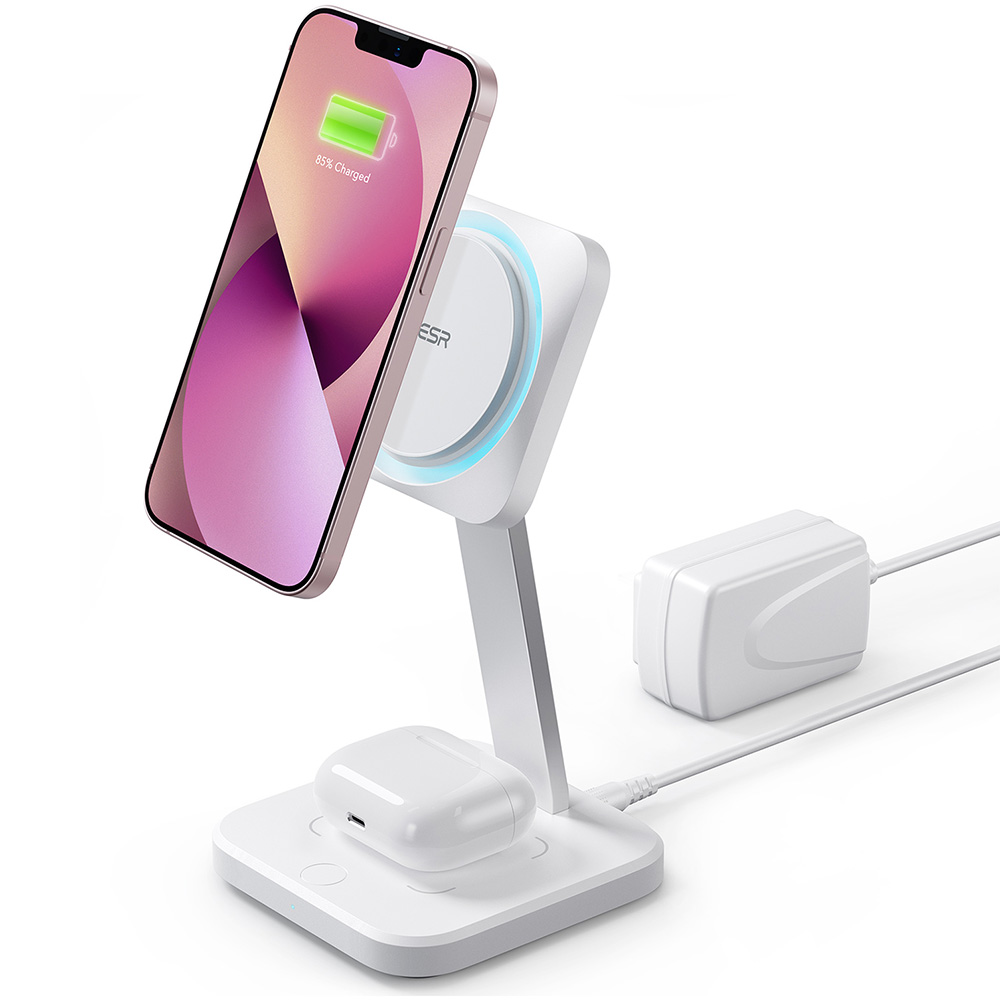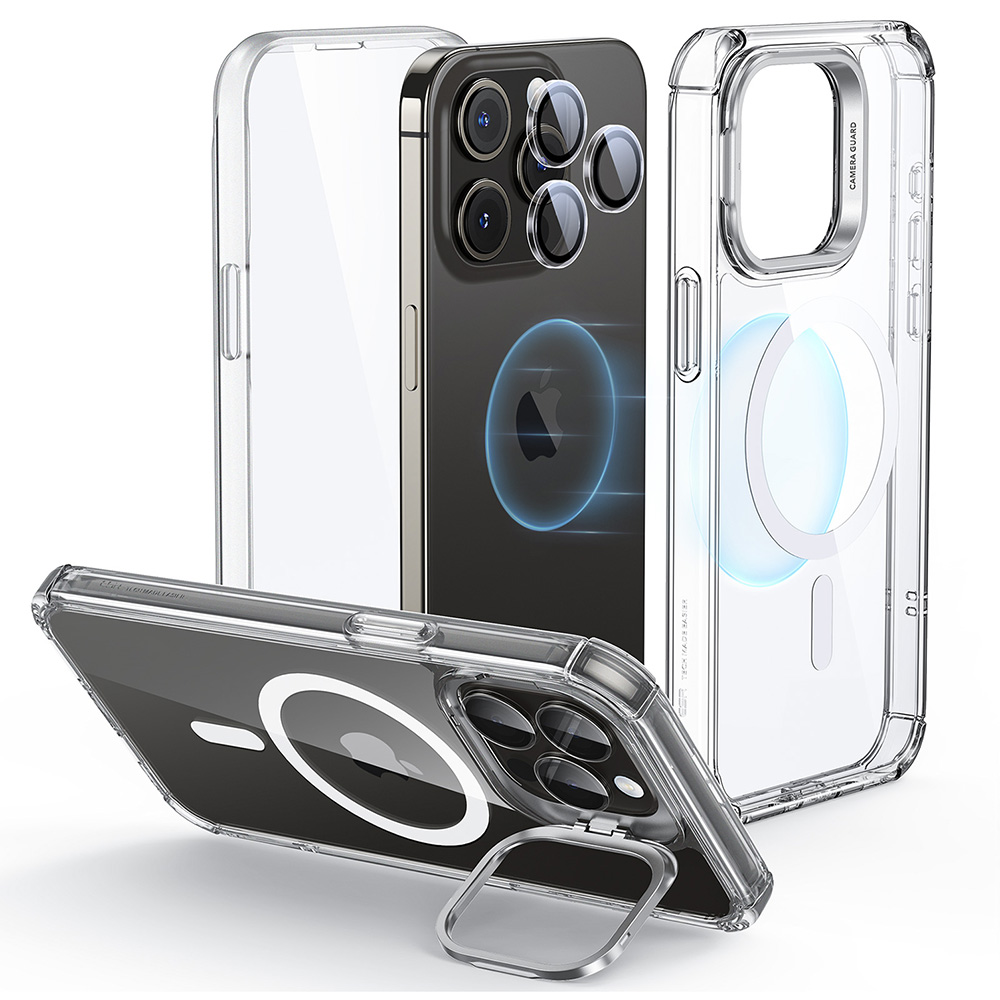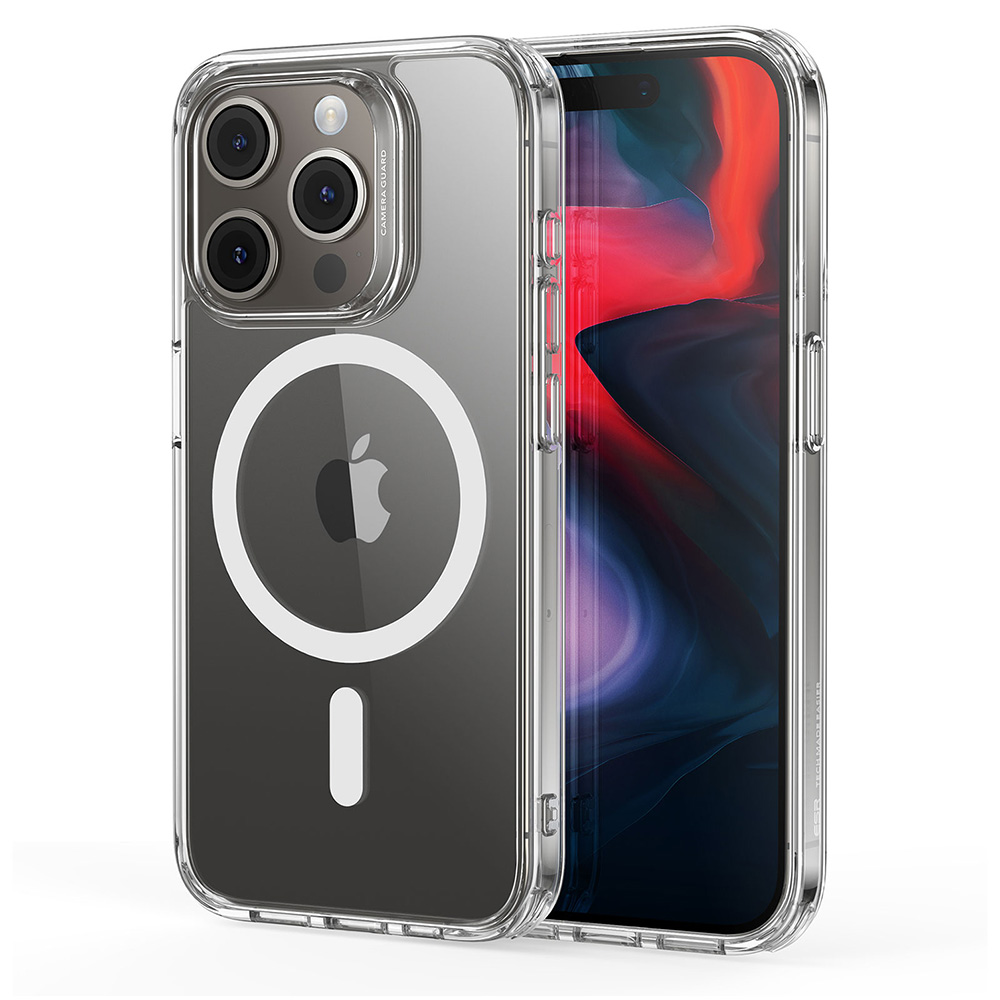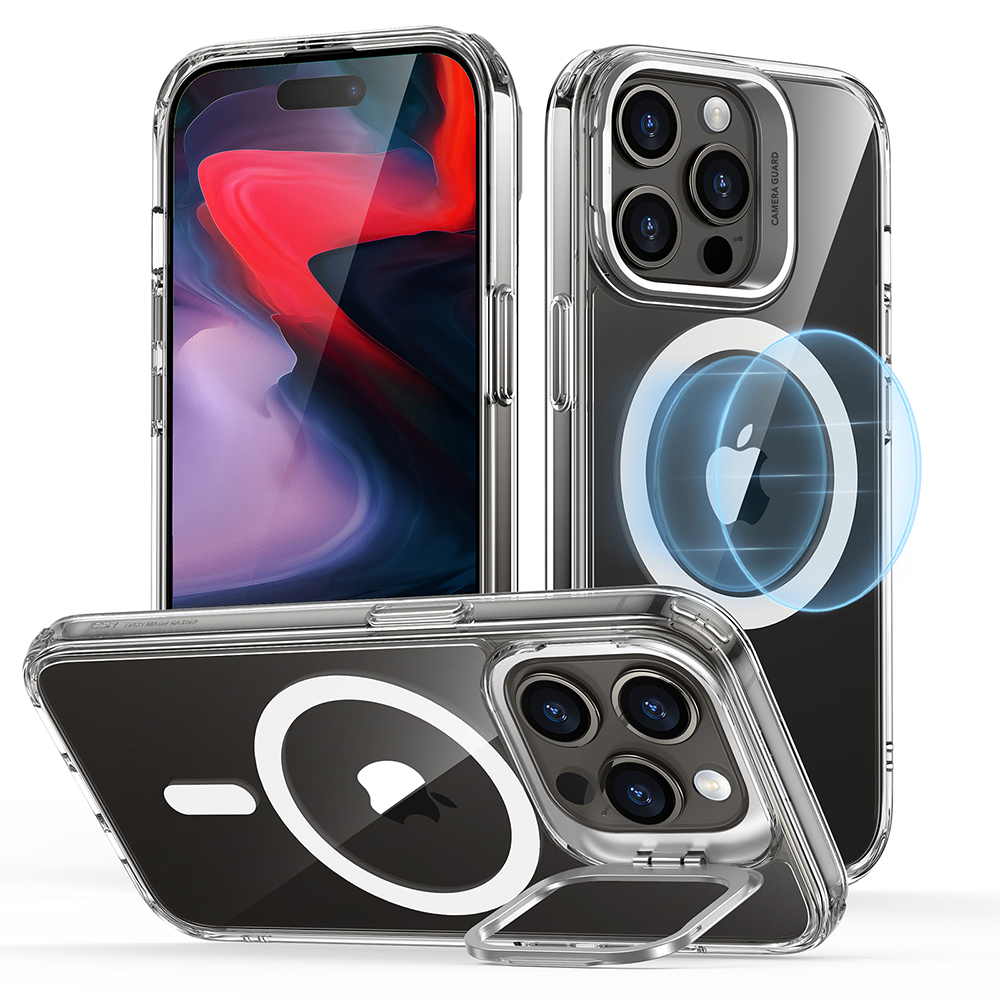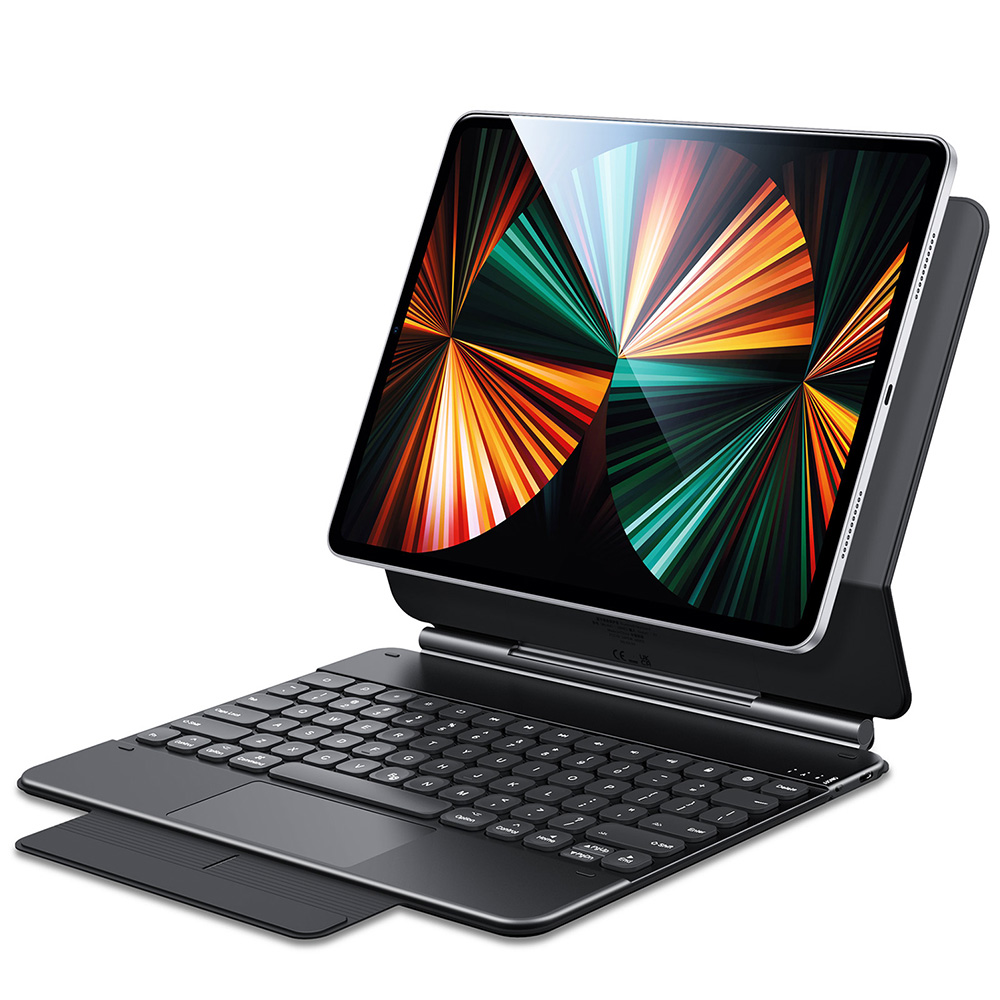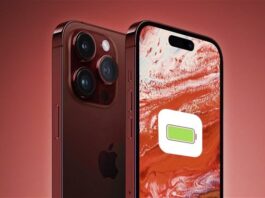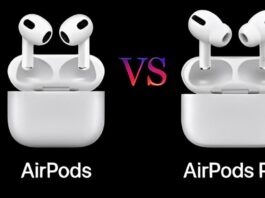The iPhone 15 series has become extremely popular and is currently one of the most sought-after phones on the market. If you’re among the early adopters who eagerly pre-ordered their iPhone 15 during the launch week, you would have received your devices and are now getting accustomed to your new phone. However, it has garnered attention for various reasons, one of which is its tendency to generate a significant amount of heat. Some iPhone 15 users have expressed their dissatisfaction, claiming that their smartphones are overheating. Nonetheless, it is important to note that not all users are experiencing this issue. In some of the reported cases, the temperatures still fall within the acceptable range set by the manufacturer.
Let’s be frank: overheating is not only a thing with smartphones. Like any other significant piece of hardware that undergoes regular updates, the launch of a fresh iPhone model inevitably attracts attention and analysis from various stakeholders including industry experts, critics, and those who eagerly embrace new technology. However, amidst the multitude of complaints and concerns that typically arise, one particular issue that has resurfaced in relation to the iPhone 15 is the alleged problem of the device dissipating excessive heat.
Does iPhone 15 Really Overheat?
There have been numerous reports from individuals expressing their dissatisfaction with their iPhones getting excessively hot, to the point where they become uncomfortable to handle. These complaints vary, with some users observing their device’s temperature rising above 40 degrees Celsius, while others become concerned even with slightly lower temperatures. On the other hand, other people have never encountered any difficulties with their device overheating. These contrasting experiences highlight the variability in iPhone performance and the need for a deeper understanding of the factors contributing to this phenomenon. Furthermore, some individuals have taken to social media platforms to assert that their iPhones are not affected by overheating, implying that there might be inconsistencies in the performance of these devices. The reasons behind why certain users encounter overheating problems while others do not remain unclear and require further investigation. Although some people may consider the heating of an iPhone to be a concern, it is important to note that it may not actually be a significant problem. The fact that an iPhone reaches a temperature of 44℃ should not be seen as completely abnormal, even though it may be distressing for the user. Before you jump to conclusions, ensure you’re using a certified charger like Kickstand MagSafe Compatible Wireless Charger (HaloLock) for optimum experience.
What Can Cause Your iPhone to Overheat & Solutions
1. New Software Updates
Numerous activities take place both during and after the installation of an update, and certain tasks like reindexing photos can utilize a significant amount of computational resources, leading to a temporary rise in the device’s temperature. However, it is important to note that this heightened heat is only temporary, and within a few days of updating, the device should resume its normal functioning.
Solution
One possible solution to address any issues with the iPhone is to wait for it to complete its background tasks. If the problems continue to persist, it is highly probable that the cause lies in a bug within the recent update. In such cases, you should update your system to iOS 17.0.3 as Apple claims to resolve the “issue that may cause iPhone to run warmer than expected” and the overheating issue is caused by “a combination of some apps that weren’t properly configured, bugs in iOS and an expected set-up period that requires extra processing and heat generation.”
2. Malfunctioning Apps
Save 25% OFF MagSafe Charger with code: ESRBLOG
It is a common occurrence for applications to contain glitches or problems that lead to excessive battery consumption. Consequently, this can lead to the overheating of smartphones, even when the app is not actively being used.
Solution
Check your iPhone for apps that are misbehaving. Also, you can check for apps that you don’t use frequently but are taking quite a lot of memory and battery usage.
3. Very Heavy Usage
If you frequently use your iPhone to perform demanding tasks such as playing high-end games, streaming content, running graphics-heavy apps, or recording prolonged videos, it is possible for your phone to experience overheating issues.
Solution
One possible solution to address the issue is reducing the time spent using your iPhone. By consciously slowing down and limiting your usage, you can effectively manage and control your iPhone habits.
4. Using Wrong Charger
Using your iPhone while it is connected to a power source and charging, or using a charger that is not manufactured by Apple and does not meet their safety standards, can lead to the device experiencing overheating issues. Additionally, it is worth noting that wireless charging tends to generate more heat compared to the traditional method of charging via a cable.
Solution
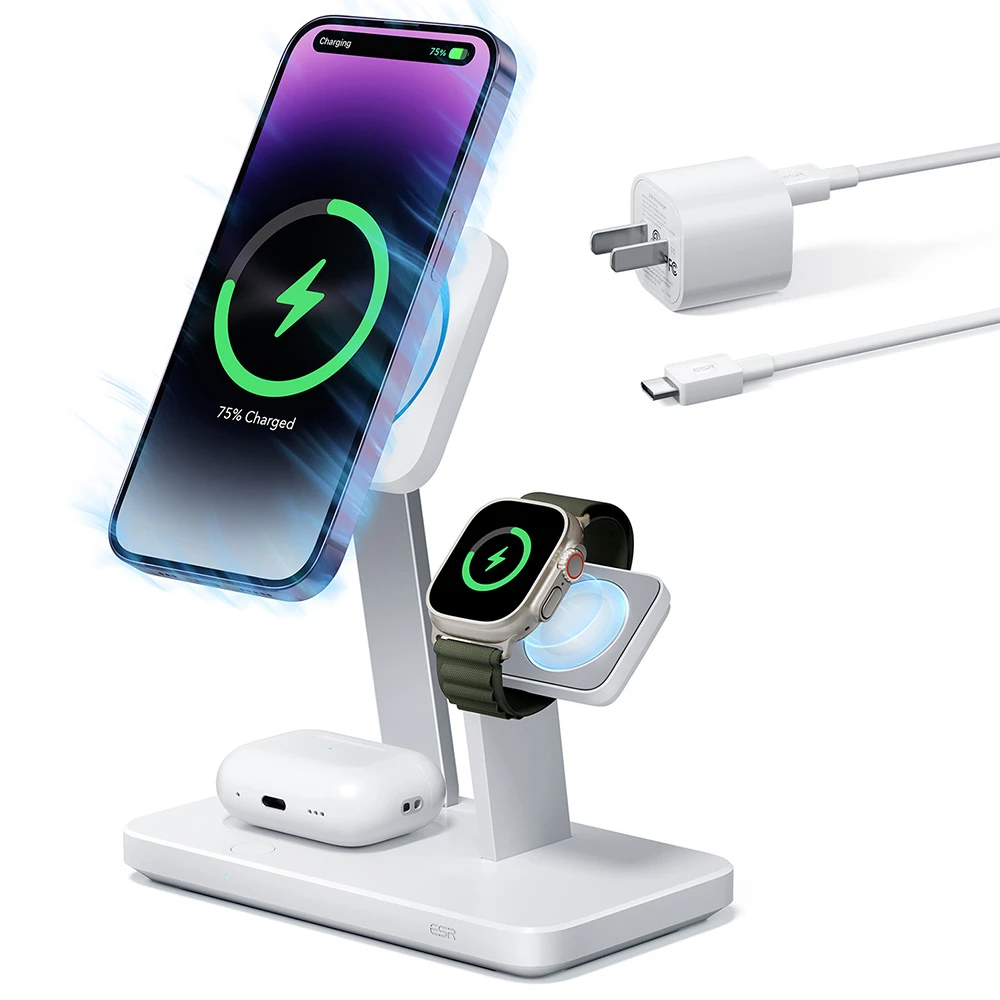
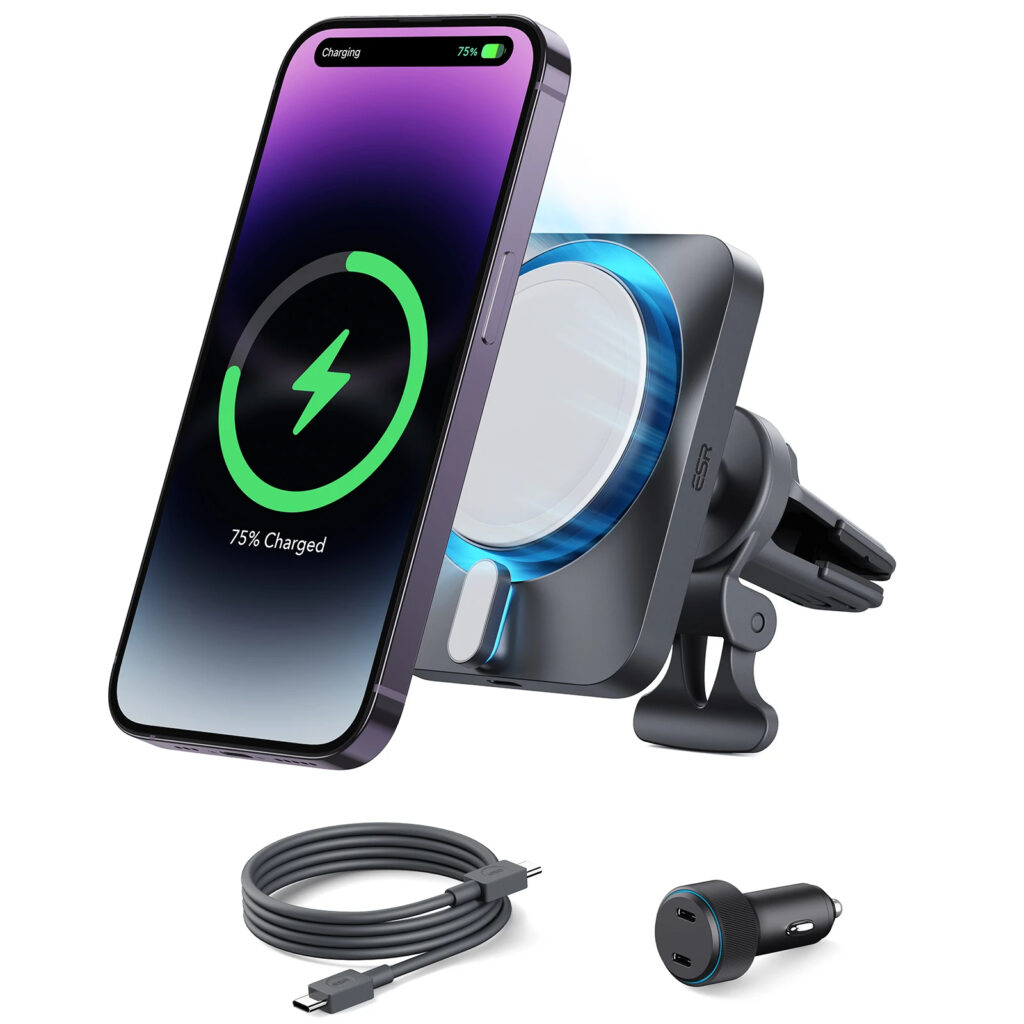
One possible solution to address the issue is to use a wireless charger with Magsafe cryo-boost to charge. Or buy a wireless car charger with cryo-boost for your car. You should also ensure the usage of a charger and cable of high quality. Another alternative is to switch to a charger with a lower power output. Alternatively, using a wireless charger that includes built-in cooling technology or avoiding wireless charging altogether could also be effective in resolving the problem.
5. Phone Cases Could Cause Overheating
The heat generated by iPhones is released into the surrounding environment through the back shell. However, placing a case on the iPhone can disrupt this process of heat dissipation. A solid reason why you should go for good iPhone cases.
Solution
The recommended course of action is to take out the iPhone from its protective case if a phone case is being used. If a phone case is needed, you should opt for a well-made one like ESR iPhone 15 case.
Find the Best iPhone 15 Cases in 2023 at ESR - Protect Your New iPhone From Day One
6. Poor Signal/Heavy Data Use
In situations where the signal strength is weak, your iPhone may experience increased strain in maintaining a stable connection, ultimately leading to overheating. Likewise, activities that involve consistent data consumption such as streaming videos, downloading heavy files, or even performing backups can contribute to the overheating issue.
Solution
One possible solution to improve your signal is to relocate to an area with a stronger signal. Additionally, you can opt for lower resolution streaming choices, such as selecting 1080HD instead of 4K, whenever it is feasible to do so.
7. Physical Environmental Condition
Extreme temperatures, whether they are scorching hot or freezing cold, have the potential to cause an iPhone to experience overheating issues. To mitigate this problem, Apple strongly recommends refraining from using the device when the surrounding temperatures fall outside the acceptable range of 0 to 35 degrees Celsius (32 to 95 degrees Fahrenheit). This precaution becomes even more crucial when it comes to leaving your iPhone unattended inside a car, as the interior of a vehicle can swiftly surpass this temperature threshold, especially when exposed to the intense heat from the sun.
Solution
One way to ensure optimal functioning of your iPhone is to maintain its temperature within the recommended range of 0 to 35 degrees Celsius (32 to 95 degrees Fahrenheit). By doing so, you can prevent any potential damage or performance issues that may arise from extreme temperature conditions. It is important to note that exposure to temperatures outside this range, whether too hot or too cold, can have detrimental effects on your device. In colder temperatures, it is recommended to keep your iPhone warm, as prolonged exposure to freezing temperatures can cause the battery to drain quickly and potentially lead to permanent damage. Similarly, in hot climates, it is essential to shield your iPhone from excessive heat to prevent overheating, which can result in reduced battery life, diminished performance, and potential hardware malfunctions.
8. Damaged battery
As time goes by, batteries may experience degradation or even physical harm, leading to potential issues. In the event that your battery becomes swollen or damaged, it can result in the occurrence of overheating.
Solution
One possible solution to the issue is to have the battery serviced by Apple or a reputable third-party repairer. It is highly recommended to seek assistance from professionals who have the expertise and knowledge to handle battery-related problems.
Ming-Chi Kuo’s View On iPhone Overheating
Amidst all of these overheating problems, some people have said it has to do with the TSMC’s 3-nanometer node. However, well-regarded Apple analyst Ming-Chi Kuo has stated that the complaints regarding heat issues with the iPhone 15 Pro models are not linked to TSMC’s 3-nanometer node used for the A17 Pro chip. According to Kuo, the overheating problems may be attributed to compromises made in the thermal system design, which were made in order to reduce the weight of the iPhone 15 Pro models. This reduction in weight has resulted in a decrease in the heat dissipation area and the inclusion of a titanium frame, both of which have had a negative impact on the devices’ thermal efficiency. Kuo suggests that if Apple fails to properly resolve this issue, it could potentially affect the iPhone 15 Pro throughout its life cycle. There have been reports of the iPhone 15 Pro models becoming hot to the touch, and certain tests have indicated that the processor is being throttled in order to cool down the device when this occurs. However, it should be noted that these tests have been conducted under benchmark and extreme usage scenarios, which may not have a significant impact on everyday users.
However, Apple said that the overheating issue was unrelated to the new titanium material used on the Pro models, and also said that it wasn’t related to the USB-C charging port either. Instead, it released the new iOS 17.0.3 system to address these thermal issues. ZDNet has tested this update and the result shows that the overheating issue is resolved without reducing performance.
Conclusion
In conclusion, it is safe to say that the main point or key takeaway from this insightful article is that one of the most efficient methods for quickly cooling down an iPhone is to go through the above-listed solutions. Also, you can power it off entirely and allow it to naturally return to its normal temperature. It is crucial to avoid attempting to expedite the cooling process by placing the iPhone in a refrigerator or ice box, as this can potentially harm the battery and cause further damage.

